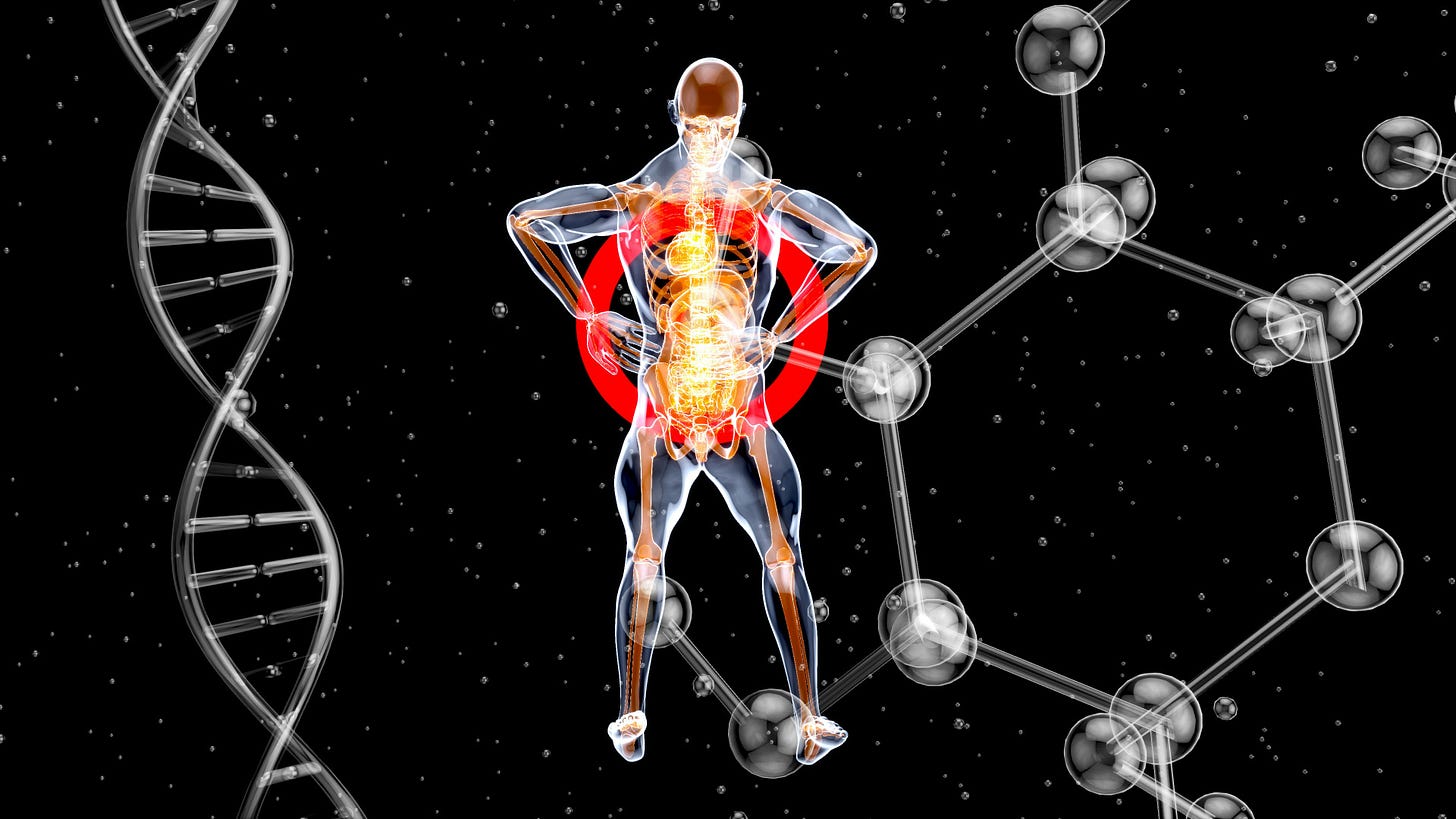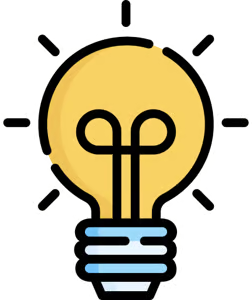How Organ Transplants and Genetic Testing Moved Way Up On My Priority List
It could never happen to me — but it can and it did

I have learned firsthand that two things — genetic testing and organ donation — are incredibly important for all humans to think seriously about. My family knows this.
My mother had a hereditary liver issue that is often fatal. The chances of my five siblings and me having that gene were significant. Until recently, we needed an annual blood test to detect the condition. The same has been true of many inherited cancers — frequent screenings, testings, and exams were the only way to determine if a suspicious gene would impact a person.
Recently, through AI-connected technology, science has identified the gene involved in my mother’s liver condition, just as they have identified many other problem genes, including those connected to cancers.
Now, a fair number of illnesses and conditions can be discovered or eliminated with a one-and-done genetic screening test. I’ve experienced such tests twice in the past couple of years and discovered I do not have either of the genes in question, even though two close relatives had the diseases. Now, I will never have to worry about those illnesses.
As time passes, genetic testing and counseling are becoming mainstream. Last year, after my cancer diagnosis, the pathologist studied my tumor and determined I should have a genetic workup to see if I was at high risk for additional cancers. The result of that workup was amazing, fascinating, and almost magical. Again, they found no genetic component in my case. No higher risk than anyone else. Sigh of relief.
I encourage you to talk to your doctor if you have concerns about hereditary conditions of any type and see if there may be a screening test to determine whether you have them. It’s a true quality-of-life issue.
Why I am an organ donor
So, my mother and her family had Hemochromatosis, a genetic condition in which the liver can’t process iron. We live our lives believing iron is an essential nutrient. In these patients, the nutrient can kill them.
Sometimes, when a person’s liver is failing, an organ transplant is the only option. We all know that waiting lists for transplants are long, and organ availability is impossible to predict. For those reasons, humans need to think seriously about becoming organ donors.
My mother and her brother, while in their middle 60s, were each blessed with an extra decade or so of life via liver transplants. Liver failure is an insidious process that quietly drains away health and ends lives.
In the 1980s, when my mom and uncle were in crisis, several doctors missed the diagnosis until it was nearly too late, but today, a healthcare provider uses a combination of genetic tests, blood tests, imaging tests, and tissue samples to diagnose liver failure. That gives the patient a heads-up and a little more time to plan and receive a transplant if that’s the prudent solution.
But there are never enough donors. We can hope the process of 3D printing human organs evolves quickly, but for now, patients need human donors.
Witness to the organ transplant process
Doctors watched as symptoms combined and recombined, hiding my mom’s cirrhosis diagnosis until it was almost too late. My mother’s skin yellowed. Flesh shrunk around bones, and her face metamorphosized into a cadaverous mask. Her eyes receded into dark sockets, and lips stretched across teeth, turning her smile into a grimace.
She was unaware of these changes, but my other family members and I watched them happen.
As the condition progressed, she started to move more slowly, like someone filmed in time-stop photography. She often complained that we all needed to stop rushing around and moving so fast, as it gave her a headache. Her pace felt normal to her; she cried like a child when we told her what we were seeing.
Soon, her mind began to abandon her for unpredictable periods; the natural chemicals in her brain were wildly out of control because her body’s filtration system was shutting down.
Her life and ours revolved around doctors. Hospitals. Diagnosis followed diagnosis. Fear sat with us as we watched cirrhosis inexorably possess our mother. Knowing in our hearts that we would lose her, we watched her move away from life as surely as an unborn child is drawn toward it.
Finally, after seeing specialists again and again, a doctor gave a name to the killer. Hemochromatosis — resulting in total liver failure and kidney malfunction.
Her only chance to survive was a transplant, a potential miracle. My mother, the woman who bore me, raised me, and shaped my life, had one small chance to live. And that was dependent upon the death of some other human. Death fuels life.
At that point, it becomes a race.
They say, “She has less than a week. We must find a donor match, send a team to retrieve the organ and begin the procedure within 12 hours of the donor’s death. We’ll prioritize her name in the computer... and hope.”
The nationwide donor locating system feels like a roulette wheel to my family, but amazingly, we win. My parents’ telephone in Florida shrills a summons from Rush St. Luke’s Hospital in Chicago. Mom and Dad have anxious thoughts as a Lear Jet speeds them across the night sky.
Elsewhere, the surgeons are on a parallel flight to secure the lifesaving organ of a motorcycle crash victim in California.
My family gathers in a tiny hospital room to wait. Three surgical teams, unbelievably skilled, a hundred years of experience shared among them, prepare to suspend Mom’s life for 26 hours. They alternate four-hour shifts, doing a procedure that puts us through every possible emotion and gives her a new life bequeathed by a twenty-nine-year-old California man.
Later, his parents would write to mine through the hospital, saying, “You will never know how comforting it’s been to think that he gave you a chance.”
Want to see a miracle? Visit a transplant unit. Medical miracle workers can preserve life through transplants of kidneys, liver, heart, lungs, pancreas, intestines, stomach, face, corneas (whole eyes in the near future), hands, and uterus.
Anyone can become a potential organ transplant recipient by a stroke of fate. Anyone can be an organ donor by signing the back of their driver’s license. Please think about signing that donation permission. And talk to your doctor about genetic testing.
This story was published elsewhere a year ago; I’m delighted to say that it received a Medium.com boost thanks to JamesBellerjeau, curator of A Fine Idea on Substack and Medium’s Pragmatic Wisdom publication. I felt the message was important enough to deserve reprinting.
It’s my sincere wish that thinking about this story may motivate people to become organ donors and look into genetic testing for their own and their loved ones’ health.
If you love to write and enjoy learning about the craft and how to make it a successful business, browse the eBooks at Pen2Profit’s eBook store.




What an incredibly powerful story. I’ve long had “organ donor” listed on my driver’s license though I’m not sure at my age, my organs would be as useful. But still…
Such a powerful, moving piece. Thank you.